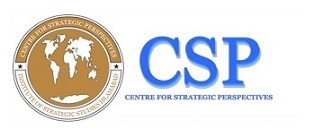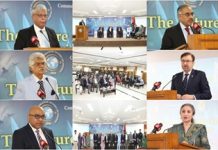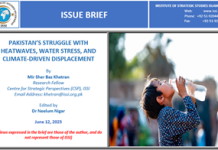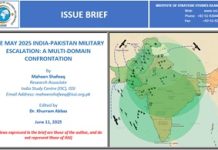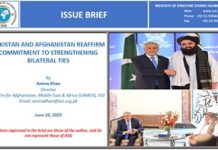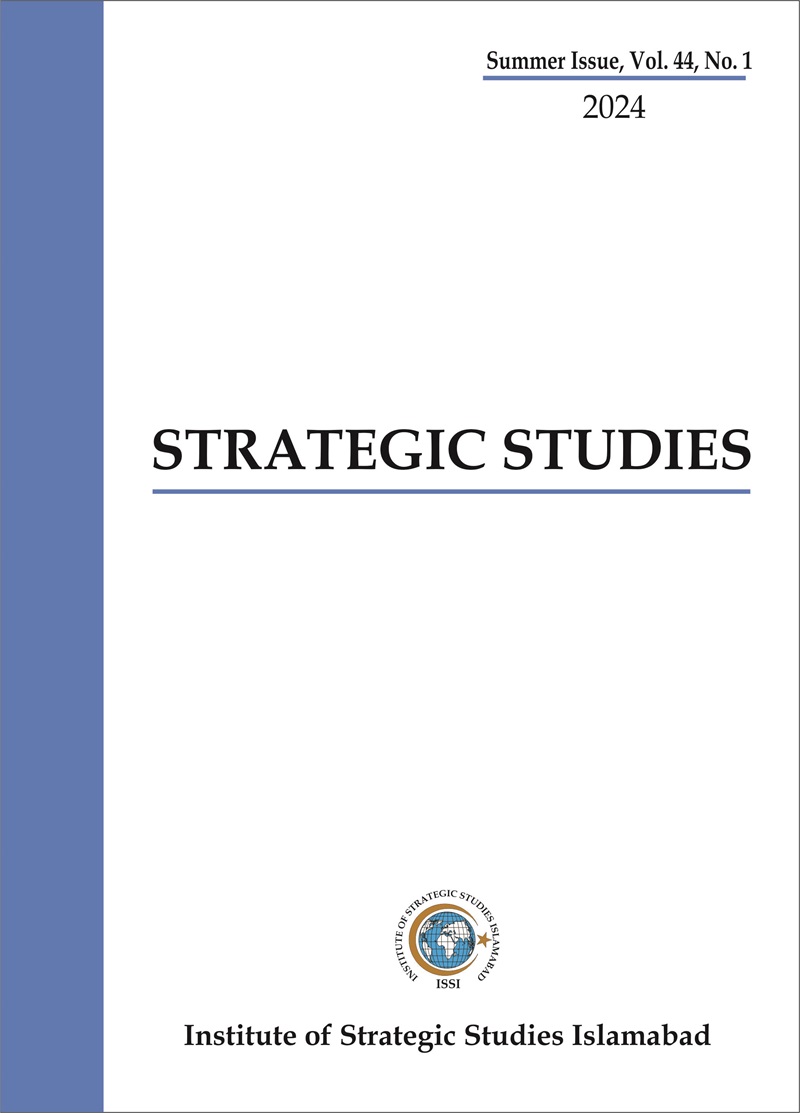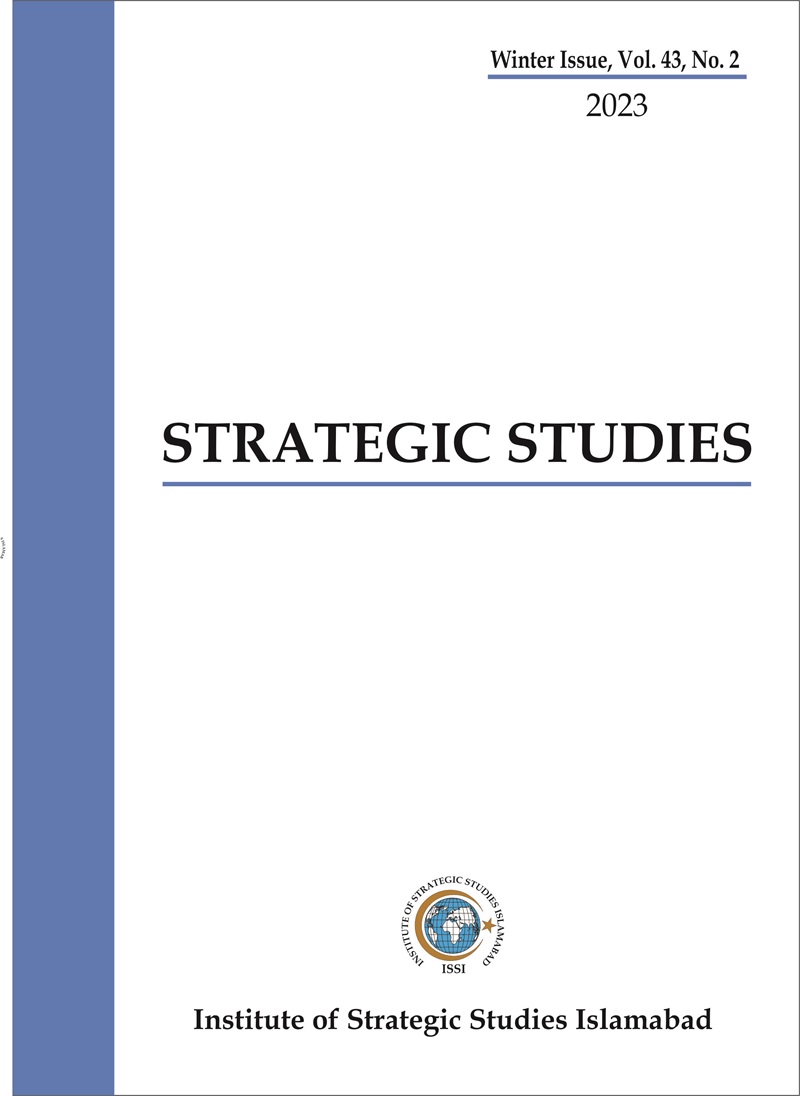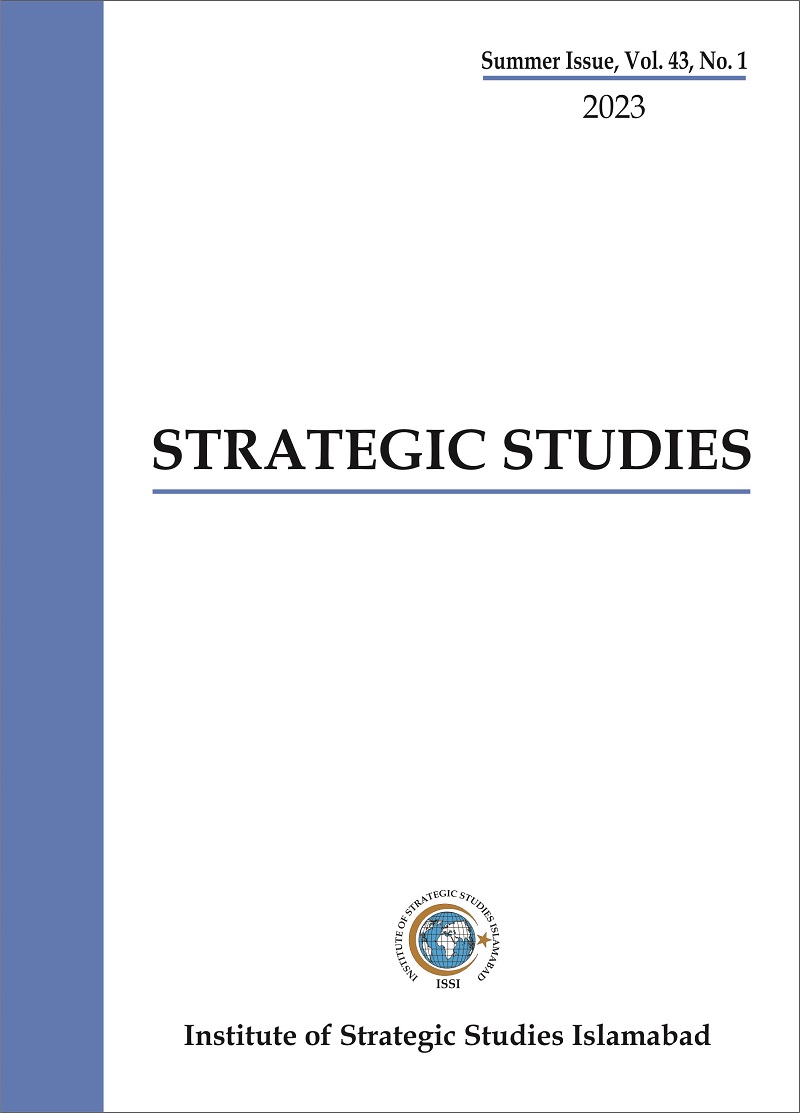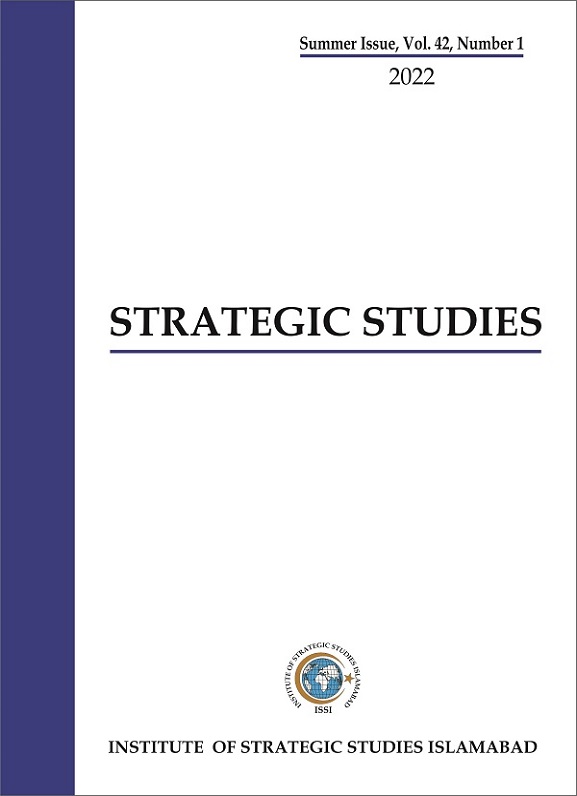Introduction: The Scale of the Informal Economy
Pakistan’s Informal Economy is vast, dynamic, and deeply embedded in the fabric of the nation’s socioeconomic life. According to the study, titled “Mapping of Barriers and Opportunities to Reduce the Informality of Enterprises in Pakistan,” collaboratively undertaken by the Small and Medium Enterprises Development Authority (SMEDA) and the International Labour Organization (ILO), informal economy constitutes nearly 40% of the country’s GDP, representing a staggering $457 billion.[1] Despite this significant contribution, the informal economy remains largely undocumented, unregulated, and outside the tax net. It supports millions of livelihoods but also poses a severe threat to fiscal stability, governance, and long-term economic development.
The roots of Pakistan’s informal economy can be traced back to its early post-independence period, when weak industrialisation and limited access to formal financial services made informal activity a necessity. Political instability, lack of enforcement, and institutional fragility provided fertile ground for its growth. The Afghan war of the 1980s further entrenched informal practices by facilitating unregulated financial flows through systems like hawala. The economic sanctions and mismanagement of the 1990s pushed even more activity underground.[2]

